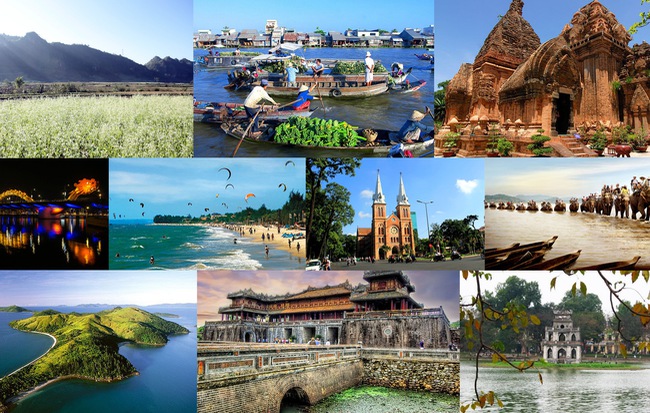VietNamNet Bridge – The gap between the top 20 percent of the richest people and the lowest 20 per cent of the poor in Vietnam was 4.4 times in 1993, but the figure was 10 times in 2016.

The real figure could be even higher as it is now difficult to measure the wealth of the rich, according to the Mekong Development Institute.
Dr Phung Duc Tung, head of the Mekong Development Institute, said that the high GDP growth rate that Vietnam has always been striving for will not solve all the problems in the country.
Tung said the GDP growth rate is an important index that measures the development of the economy, but it is also necessary to think about who will benefit from growth.
GDP has been growing with a great contribution from the foreign invested economic sector. Formosa and Samsung, for example, are major factors that helped contribute to the impressive 7.46 percent growth rate in the third quarter.
However, Tung pointed out that FDI does not bring many benefits to the economy compared with what it can receive.
He said that the export-based economic growth makes the economy vulnerable. “Any uncertainties from outside or from large foreign-invested conglomerates will have serious impact on Vietnam’s economy,” he said.
Minister and Chairman of the Government’s Office Mai Tien Dung emphasized that the record high growth rate of 7.46 percent in the third quarter was not generated from the exploitation of natural resources.
However, this has been the ‘pillar’ for Vietnam’s GDP for many years. That was why the government once considered exploiting an additional 1 million tons of oil to obtain the targeted growth rate.
“Mining doesn’t create added value. We just unearth and sell what our ancestors have not exploited,” Tung said.
Real estate also makes a great contribution to GDP growth rate. Some businesses fully exploit legal loopholes to obtain land plots at low prices and seek profits from dubious transactions.
Tung believes that despite the high GDP growth rate, people won’t get many benefits from it.
The UNDP encourages countries to strive for ‘inclusive growth’, i.e. all people in a country benefiting from GDP growth.
“In 1990-2005, the growth brought benefits to the majority of people,” Tung said. In the period, people’s income mostly came from their jobs, while the gap in income was from the difference in laborers’ skills.
But since 2010, the difference in income of different groups of people no longer depends on income from their work, but from assets (real estate, shares, deposits, and production tools). The gap between the poor and the rich has widened.
6.7 percent GDP growth rate within reach for VN
GDP target achievable, but risks building